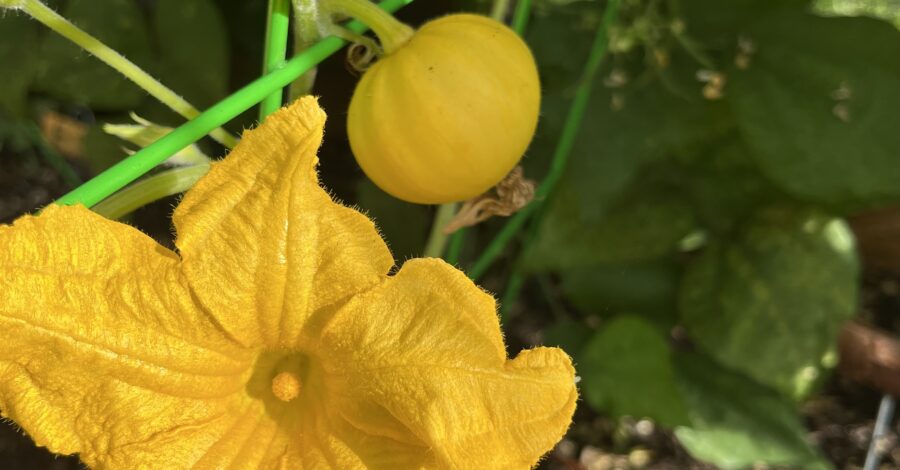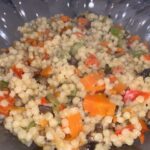
Lessons From a Fall Garden
In a vegetable garden, tired summer plants like tomatoes and cucumbers are nearing the end of their life cycles. Farmers give the last green tomatoes a helping hand by trimming back any “unnecessary” parts of the plant—leaves, whole branches, even flowers. Doing so communicates the message that the time to grow has passed, and diverts the plant’s energy into ripening the remaining fruits.
Later producers, like eggplant, green beans, and peppers continue to flourish, taking respite in the crisp, cool morning air and enjoying the warmth that the afternoon brings. At the same time, fall-loving vegetables begin their growth. Each tiny seed planted directly in the still-warm soil contains the information to grow full harvestable plants. As its roots grow down, the plant steadies itself in the earth and forms leaves and stems that push up through the surface. Soon the plant will produce flowers that transform into food to nourish more and more people.
From seeing leaves turn colors and fall to the ground to watching new growth take root, this time of year is pure magic. Experiment with growing your own food to experience this magic for yourself. Plant carrot or radish seeds by simply sprinkling them (sparingly!) in a deep pot of soil. Gently cover the seeds with soil. Water your seeds and place the pot in a sunny spot in your home.
Nurture your plant as it grows. Watch as its tiny leaves begin to unfurl and grow taller and taller. After some time, you’ll see the root begin to “shoulder” or pop up from the base of the soil. This is the plant’s way of communicating that it is ready to be harvested. Although the edible greens above the soil are delicious, the root, which lies below the surface, is the prize. Yet another lesson learned in Fall—the invisible is always more powerful than the visible.









